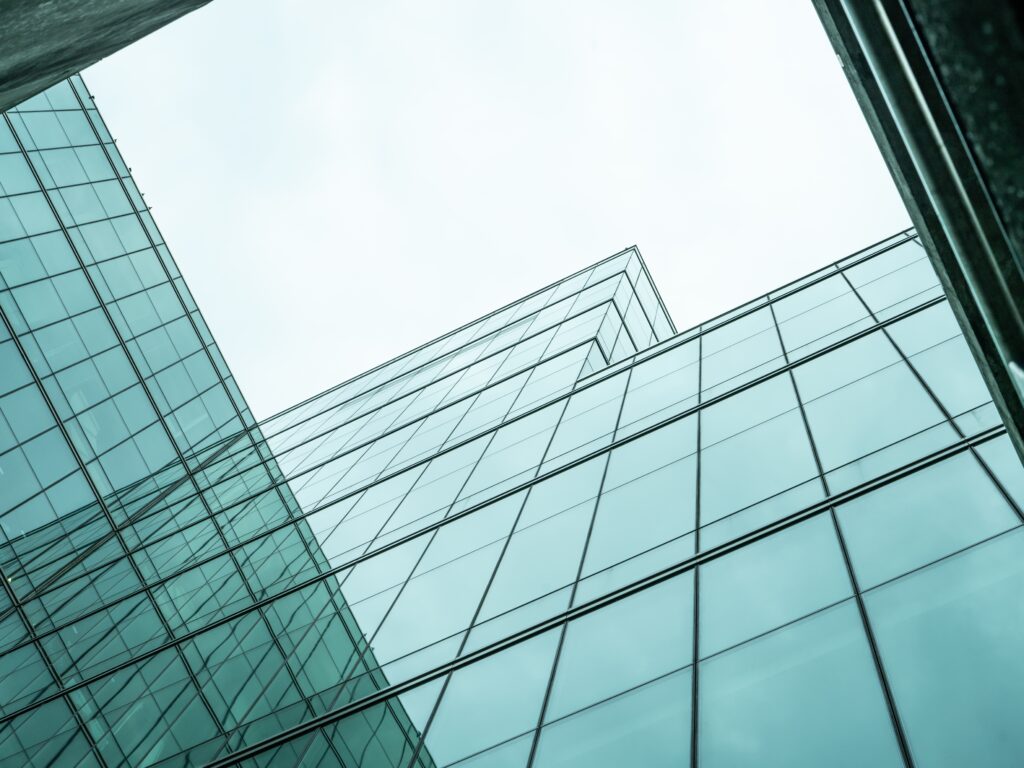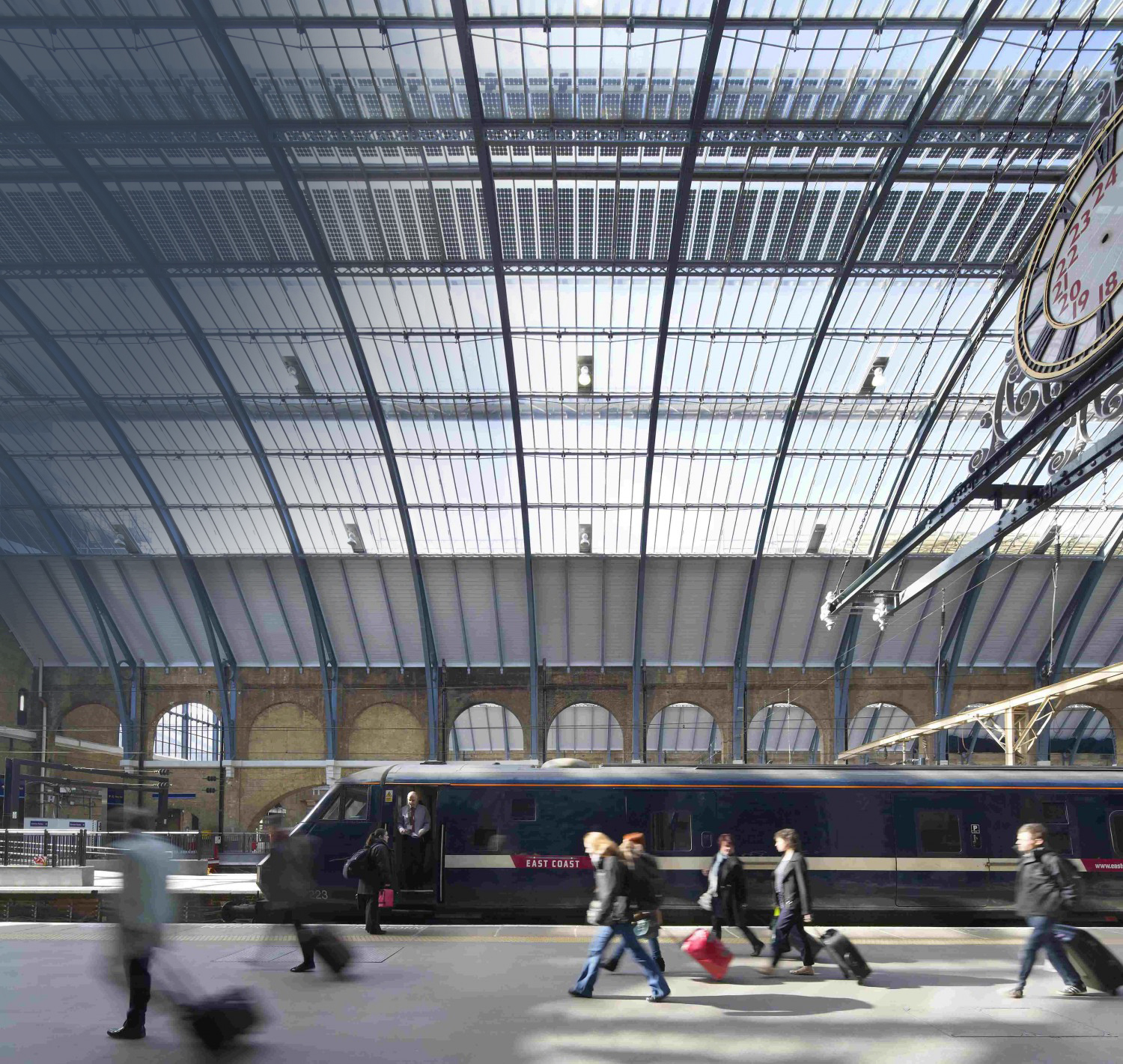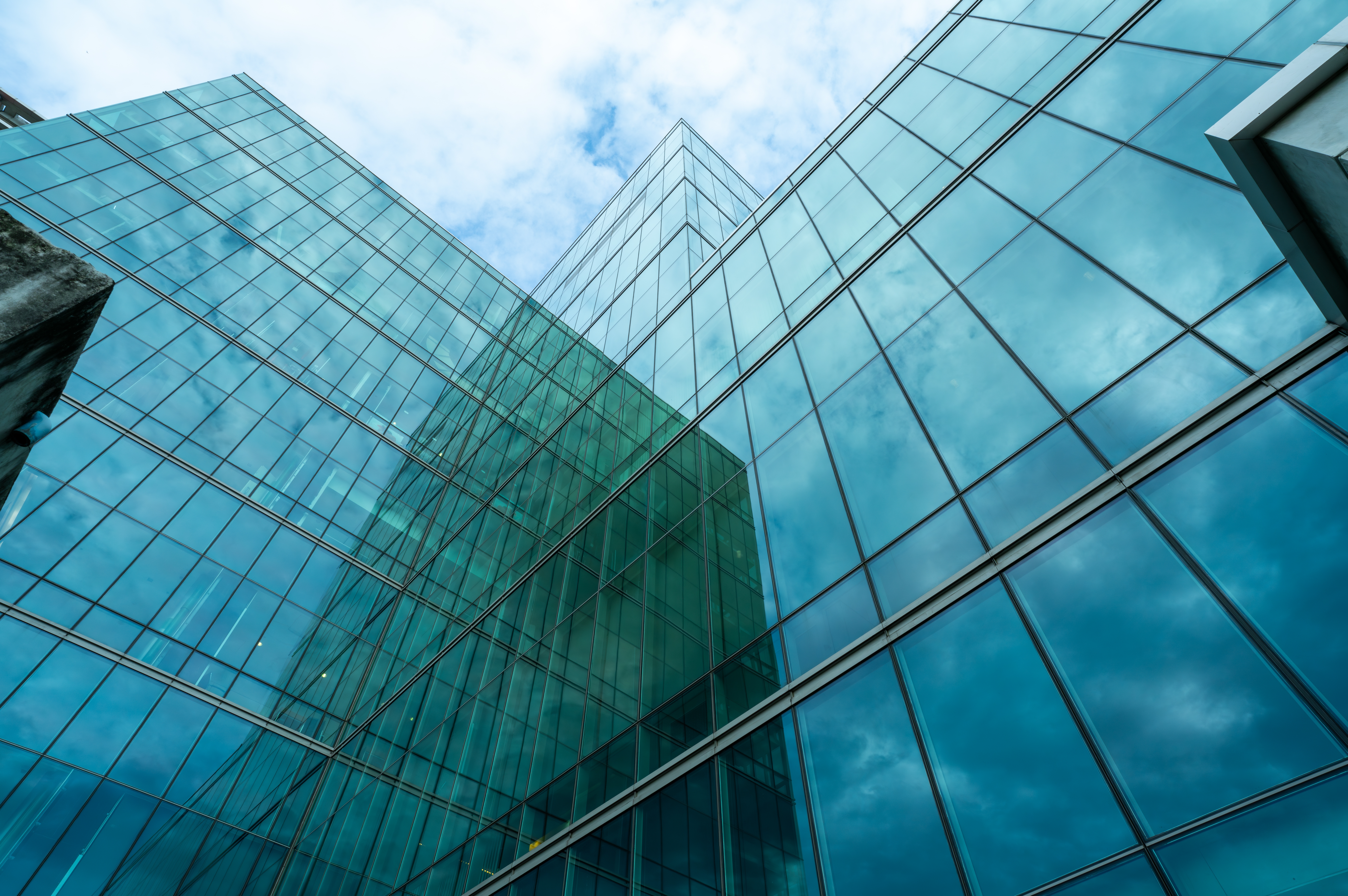The Ultimate Guide to Low-E Glass
Have you noticed a lack of insulation in your build? Even with all the windows and doors shut, and the AC turned off, are you still losing heat? It’s common for the cold to infiltrate your space, but we understand the difficulty of rising energy costs when constantly having your heaters turned on. But we have a solution for you!
In this article, we’ll discuss the factors of low-E glass, how it functions, the types of low-emissivity glass, how you can benefit from it, and how much it costs. Read on to learn how you can save your energy with this sustainable option.
What is Low-E Glass?
Low-E glass, or low-emissivity glass, is a glazed glass with a clear coating that improves thermal efficiency for all of your windows and, in turn, the building itself. The purpose of this is to improve energy efficiency with a cost-effective method (in the long run).
Up to half of your warmth is lost due to cracks and gaps in windows and doors. Because the majority of your energy is lost through glass, your heaters work harder to warm the space. After diligent research in the early to mid-1900s about understanding the energy efficiency of windows, low-E glass made an appearance in the market in the late 1900s.
How Does Low-E Glass Work?
Normal glass is poor at reflecting heat back into the building. Low-E glass reduces the amount of infrared and ultraviolet light coming through the glass without reducing the light entering your property. To do this, they have a microscopic, transparent coating that reflects heat back inside.
Types of Low-E Glass Coatings
There are two types of coats low-emissivity glass uses. However, the soft coat is more low-E-friendly and popular than the hard coat.
The first is a passive soft coat applied to the glass in a vacuum chamber at room temperature, sealed within an insulating glass unit (IGU). This coat uses the magnetron sputtering vapour deposition (MSVD) process, which does not require the melting of the source material. This coat is perfect for temperamental or hot weather.
The other is a solar control hard coat that is fused to the surface of the glass as it’s being produced, known as the pyrolytic process. The coating is then fused to the hot surface of the glass, which creates a durable coat. This coat is suitable for extremely cold weather.

How Much Does Low-E Glass Cost?
Low-E glass costs more than the average window or glass type, and prices are individually set by the business. Some may be £10 per square metre, whereas others are £40 per square metre. It really depends on the supplier, manufacturer, and your location. Businesses in colder climates may price higher than those in warmer places.
Your overall cost depends upon how many panes of low-emissivity glass you need. For example, a flat or house will be considerably cheaper than a block of flats or a large office. Each pane could cost around £300 to £700. As another example, if the average house has 8 to 12 windows, you may be spending anywhere between £2,400 to £8,400.
Low-E Glass Benefits
There are endless low-E glass benefits you may not have considered. Here’s why low-emissivity glass may be better than normal glass:
1. Insulation
Low-E glass is a much better insulator than normal glass as it reflects a high percentage of heat back into your property. Your space will always be at a comfortable temperature, even during the colder months, and you won’t suffer from a stuffy room during the summer either.
2. UV Protection
Low-emissivity glass blocks the majority of UV rays from entering your building. We’ve all heard stories of windowsill placements causing glare towards furniture and accidentally causing a fire. You’ll be happy to hear this glass will protect your belongings from damage and fading, and reduce the risk of harmful UV radiation.
3. Durability
If you’re in the market for an extremely durable glass, look no further than low-E glass. As the coating is sealed within the glass, its surface then becomes less prone to damage and scratches. A downside is it only lasts 10-15 years compared to the 15-20 normal glass lasts. However, normal windows have more wear and tear, and require regular maintenance.
4. Energy Efficiency
Because of its insulation ability, you can save a large amount of your energy costs, especially during winter. While low-E glass is more expensive than normal glass, it’s cost-effective in the long run as you make up for it (and more) with your lowered energy consumption. It’s also more sustainable and better for the environment than normal glass.
5. And more!
While its main goal is energy efficiency, low-emissivity glass provides additional features, such as solar gain, glare reduction, easy maintenance, added security, and soundproofing. If you’re looking for a quieter space while working from home or need silence for an important business meeting, this glass is for you.

Conclusion
To summarise, low-E glass, or low-emissivity glass, offers many features you may not have considered for your project. While being more expensive than your average window or glass, it is cost-effective in what you save in energy bills. It’s also extremely durable, withstanding damage and scratches, and protects your space and warmth on the inside too.
If you’re looking for a leading supplier who can meet your needs, Lonsdale Metal is here to help. We support customers regardless of the complexity or scale of their requirements, and as such, are dedicated to the creation and delivery of bespoke rooflights.
As part of our package, we only use the best glazing and conform to industry standards. If you would like to better understand the capabilities of glazing, or would like to achieve any of the benefits listed in this article, contact us today.
Additionally, you can learn more about how this glass works in our previous blog ‘Low-E Glass: What Is It’. Not only will it guide you further to making the right decision for your project, but give you insight into the future of sustainable materials.


